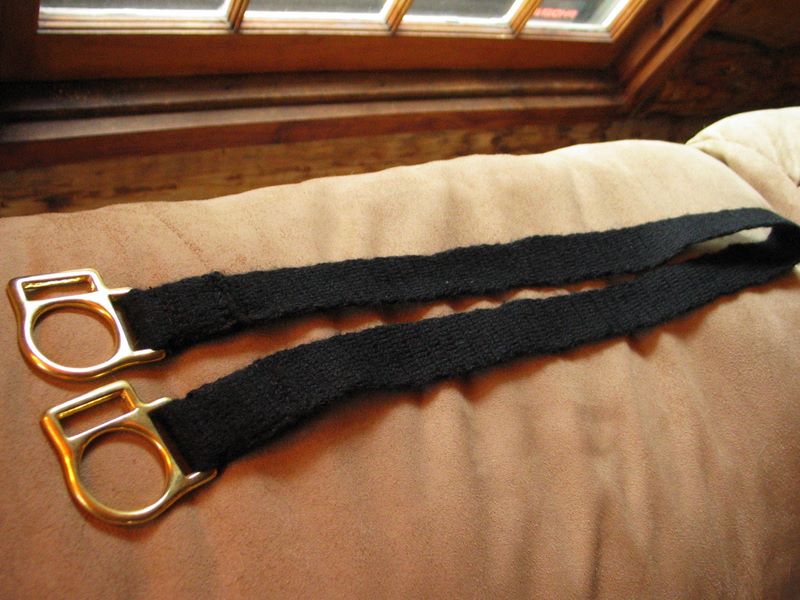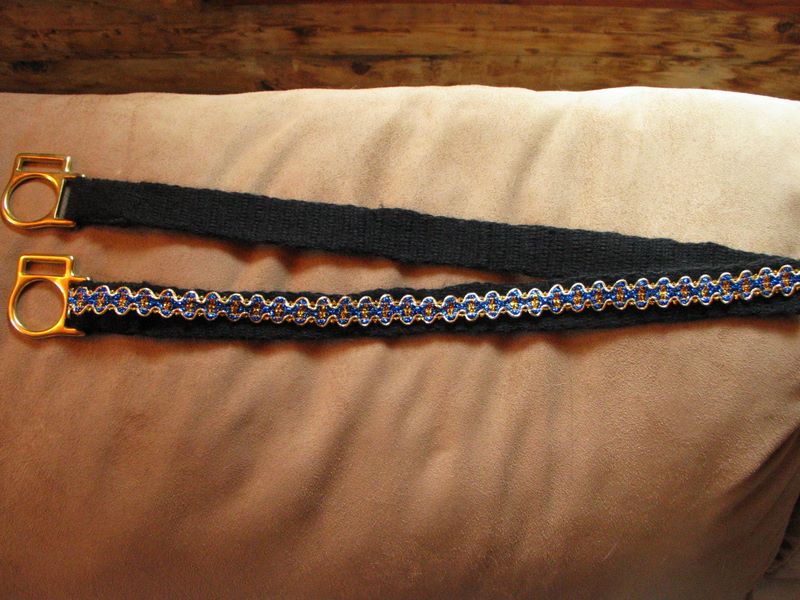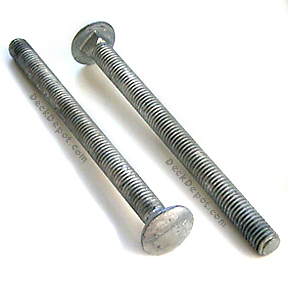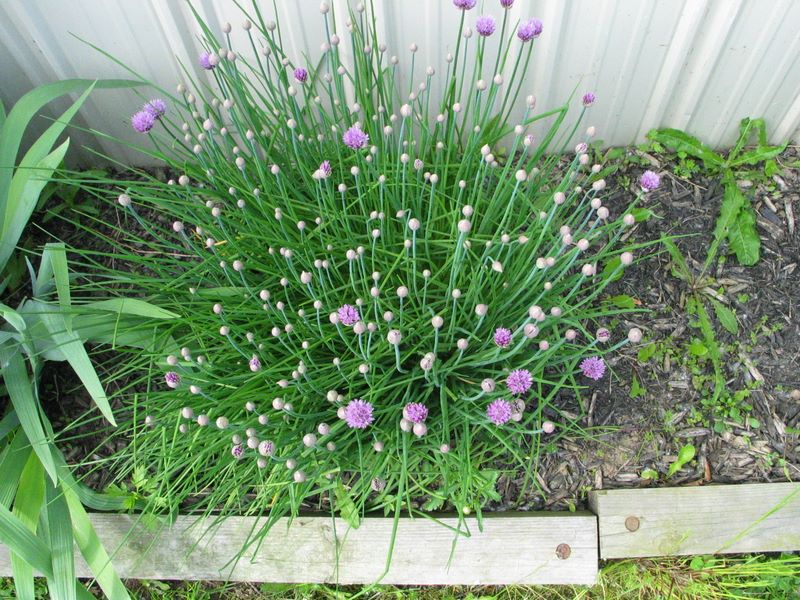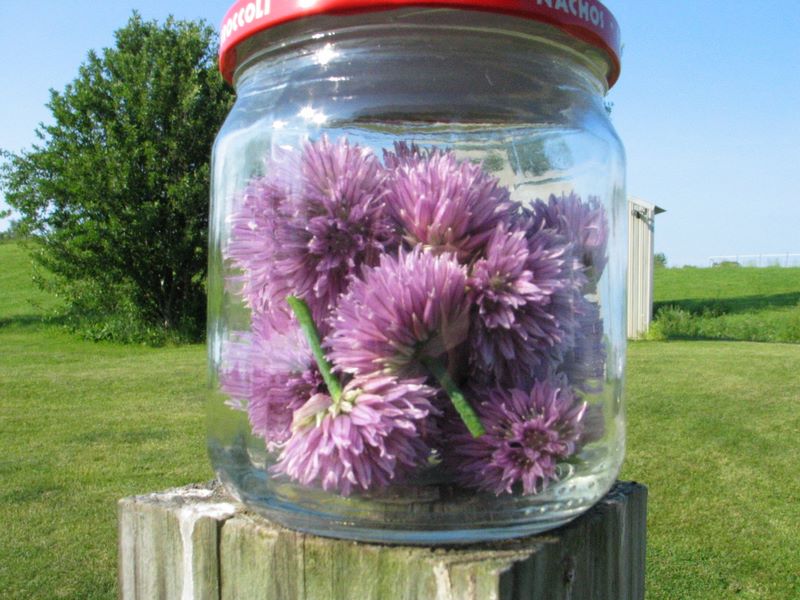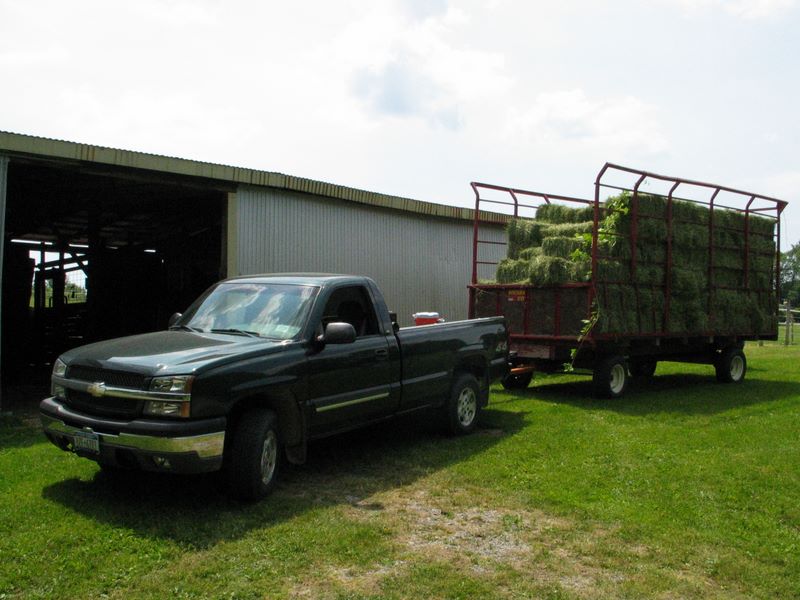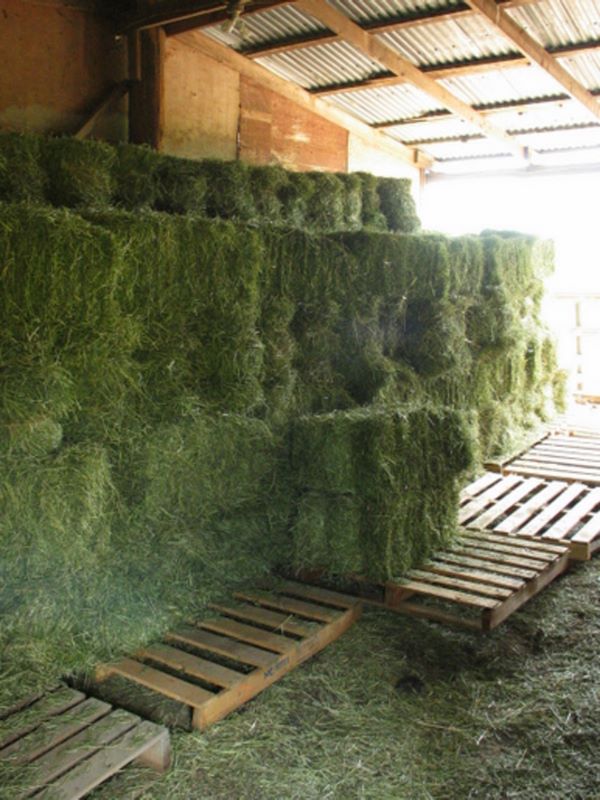Card weaving is really fun, easy and portable. Depending on the design you are doing the work can move very quickly. The hardest part about card weaving is warping your loom. Here is a short video I’ve made on how to warp the Palmer Loom I use for many of my projects.
In this video I’m using all one color because the end product is for the show halter I’m working on. In future series I will be using multiple colors to show you how you can make designs and patters in your weave.
Special Charity Fiber Arts Friday. Please Visit Alpaca Farm Girl
